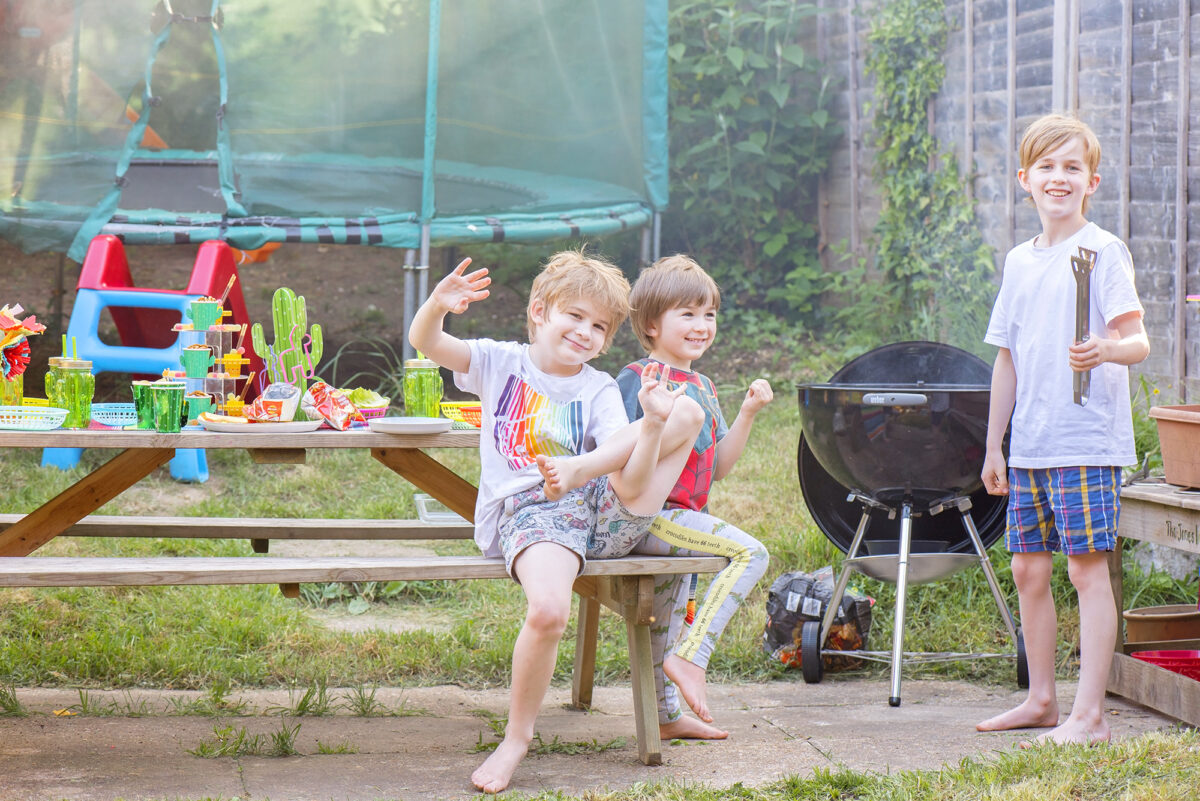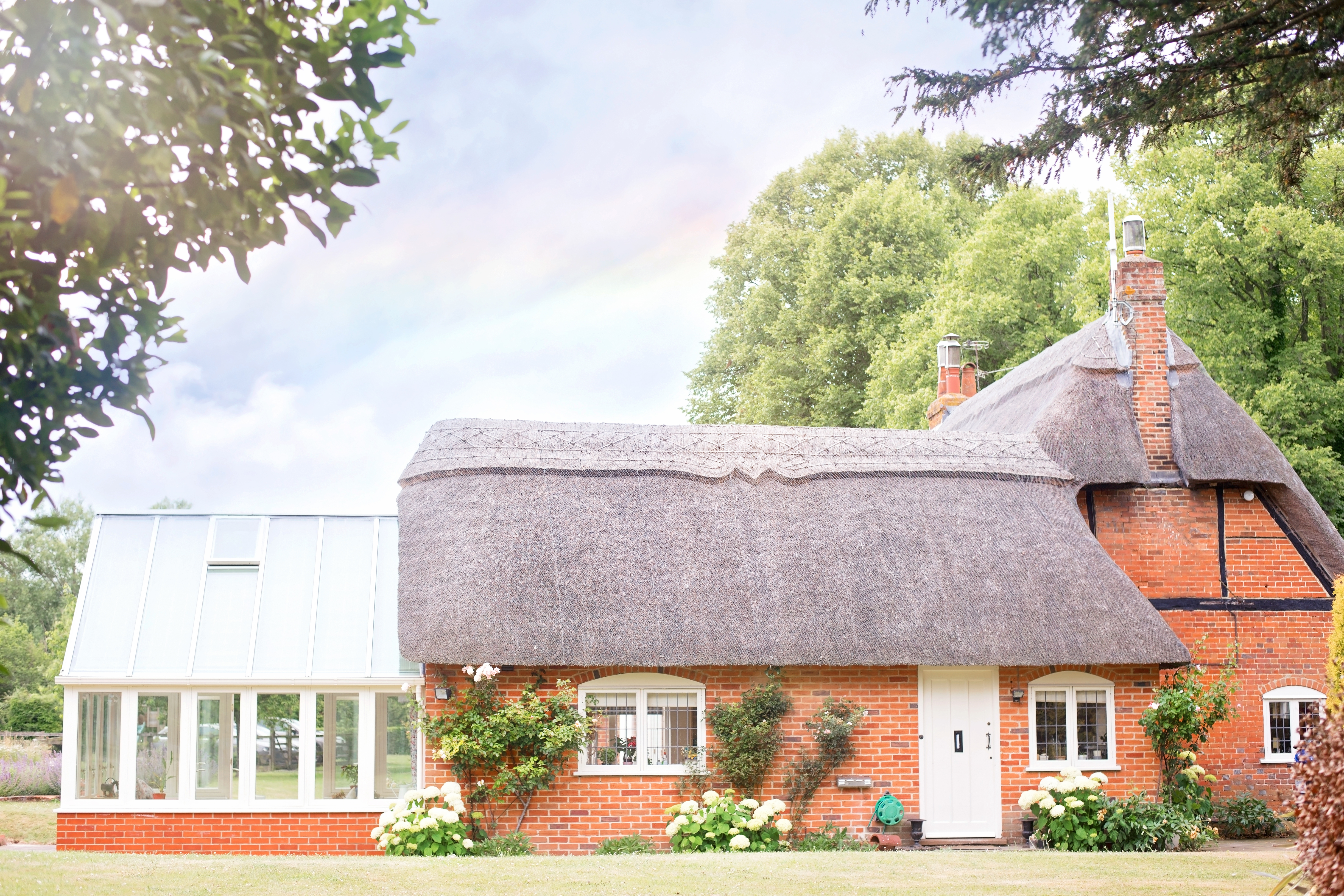How to create a safe garden space for your kids
We all want to encourage our kids to play outside more. To burn off energy and get the benefit of fresh air and exercise. But when they’re in the garden, it can be a worry, especially if you’re not watching them every second. Are they safe and sound?
Although you can never make a garden 100% safe, you can make improvements. Here’s how to create a safe garden space for your kids.

Secure boundaries
Few of us live away from busy roads and other hazards, so secure boundaries are really important. Fences are the easiest way to add kid-proof boundaries to your garden. You might find some horizontal slat-type fencing unsuitable. Those with wide gaps may risk curious heads and limbs getting trapped between the slats. Plus, they can be tempting for kids to use as a climbing frame. So, traditional lap or close-board styles are better. And although taller garden fences cost more, they’re more secure.
Many gardens also have rear access, so it’s equally important to make sure your gates are secure. Gates may be sturdy, but how easy are they to open? If your little ones can reach the latch, then it’s not very secure.
Put down soft surfaces
Kids obviously want to play while they’re outside. That’s why soft surfaces are crucial. Traditionally that means having a decent-sized lawn. Keep your lawn soft underfoot with heavy but infrequent watering, and ensuring a thick turf using quality grass seed. But sand and bark, as well as rubber tiles and matting, also do a good job of cushioning falls.
Whatever you use, you need to make sure you have a large enough area set out and that the installation is done properly. So, make sure loose materials have an adequate depth to be cushioning and that any matting or tiles are secured safely with the correct base and pegs or adhesive.
Lock away dangers
To be safe, garden chemicals such as patio cleaner, plant feed and paint and sharp tools such as forks and shears must be put away. So, a lockable shed or garage is necessary to keep them out of harm’s way.
To maximise safety, you may want to avoid storing more chemicals than necessary. Items such as leftover paint can be donated to charity. And using natural alternatives to deal with pests and do cleaning tasks not only reduces the need to store chemicals but makes the garden a safer place to play in.
Add shade from the sun
Our kids play outside the most during the summertime. But that’s also when the sun is at its hottest. So, providing shade means you can keep your little ones out of the strongest rays, preventing burns and dehydration.
A large parasol has the advantage of being moveable. So, you can shift it around the garden as the sun moves. And they fold up, so they don’t take up space when they’re not in use and are easy to store over winter. However, you may prefer something more permanent. Pergolas and awnings are well-suited to traditional gardens, and shade sails make a stylish addition to contemporary gardens.
Be picky about plants
You may not be aware of it, but some plants are poisonous. Although serious poisoning is rare, it’s common for kids to touch plants and put their fingers in their mouths, and young skin can be very sensitive. This means plants have more chance of causing problems while children are young. For example, laburnum should never be ingested and only be handled with gloves. And all parts of foxgloves are toxic, so again, they shouldn’t be touched with bare hands.
So, before buying plants, check their label. If there’s no information, you can double-check on reputable websites, such as the RHS, to see if they’re suitable.

